BYD Seal U vs Kia Ceed – Which car suits you better?
Both models have their strengths – but which one suits you more?
Compare performance, efficiency, price and space directly: BYD Seal U or Kia Ceed?
Costs and Efficiency:
When it comes to price and running costs, the biggest differences usually appear. This is often where you see which car fits your budget better in the long run.
Kia Ceed has a significantly advantage in terms of price – it starts at 23500 £, while the BYD Seal U costs 34300 £. That’s a price difference of around 10800 £.
Fuel consumption also shows a difference: BYD Seal U manages with 0.40 L and is therefore clearly more efficient than the Kia Ceed with 6 L. The difference is about 5.60 L per 100 km.
Engine and Performance:
Power, torque and acceleration say a lot about how a car feels on the road. This is where you see which model delivers more driving dynamics.
When it comes to engine power, the BYD Seal U has a clearly edge – offering 324 HP compared to 140 HP. That’s roughly 184 HP more horsepower.
In acceleration from 0 to 100 km/h, the BYD Seal U is significantly quicker – completing the sprint in 5.90 s, while the Kia Ceed takes 9.50 s. That’s about 3.60 s faster.
In terms of top speed, the Kia Ceed performs hardly perceptible better – reaching 197 km/h, while the BYD Seal U tops out at 180 km/h. The difference is around 17 km/h.
There’s also a difference in torque: BYD Seal U pulls clearly stronger with 550 Nm compared to 253 Nm. That’s about 297 Nm difference.
Space and Everyday Use:
Cabin size, boot volume and payload all play a role in everyday practicality. Here, comfort and flexibility make the difference.
Both vehicles offer seating for 5 people.
In curb weight, Kia Ceed is decisively lighter – 1298 kg compared to 1940 kg. The difference is around 642 kg.
In terms of boot space, the BYD Seal U offers noticeable more room – 552 L compared to 395 L. That’s a difference of about 157 L.
In maximum load capacity, the BYD Seal U performs to a small extent better – up to 1465 L, which is about 174 L more than the Kia Ceed.
When it comes to payload, Kia Ceed slightly takes the win – 490 kg compared to 410 kg. That’s a difference of about 80 kg.
Who wins the race?
The BYD Seal U proves to be is largely superior and therefore becomes our DriveDuel Champion!
BYD Seal U is the better all-rounder in this comparison.
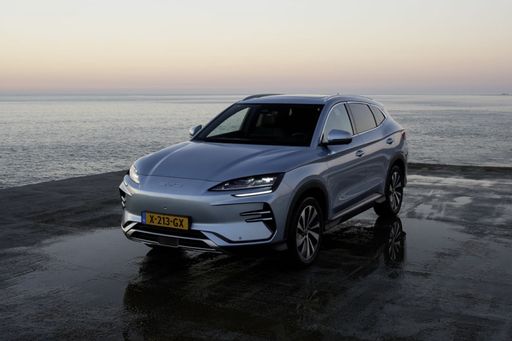
BYD Seal U
BYD Seal U
The BYD Seal U presents itself as a sophisticated addition to the electric vehicle market, blending sleek design with cutting-edge technology. Its modern aesthetic is complemented by a spacious interior, offering both comfort and functionality for drivers and passengers alike. With advanced features prioritising sustainability and performance, it represents a bold step forward in eco-friendly motoring.
details @ press.bydauto.be
@ press.bydauto.be
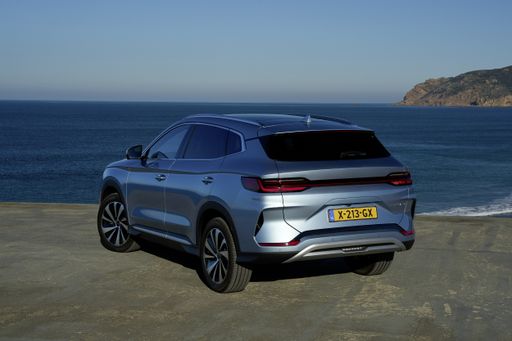 @ press.bydauto.be
@ press.bydauto.be
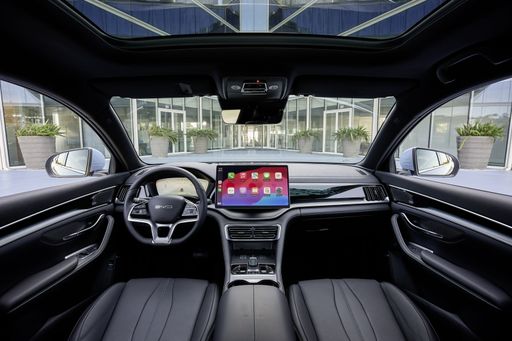 @ press.bydauto.be
@ press.bydauto.be
Kia Ceed
The Kia Ceed stands out in the compact car segment with its sleek design and impressive handling. It offers a comfortable and well-equipped interior that appeals to both drivers and passengers. With its efficient engine options, the Ceed provides a smooth and enjoyable driving experience suitable for city commutes and longer journeys alike.
details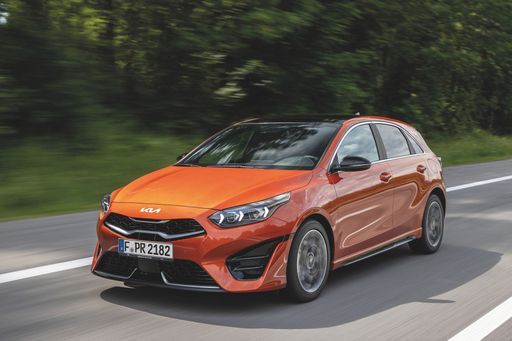 @ press.kia.com
@ press.kia.com
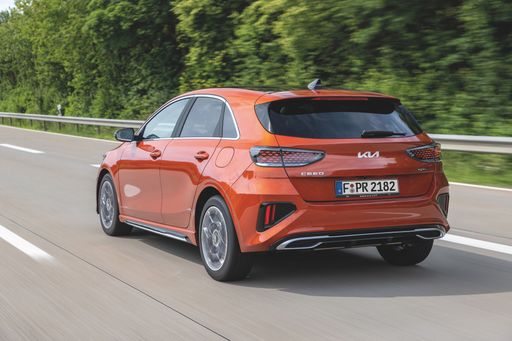 @ press.kia.com
@ press.kia.com
 @ press.kia.com
@ press.kia.com

|

|
|
|
|
Costs and Consumption |
|
|---|---|
|
Price
34300 - 39800 £
|
Price
23500 - 26300 £
|
|
Consumption L/100km
0.4 - 1.2 L
|
Consumption L/100km
6 - 6.4 L
|
|
Consumption kWh/100km
19.9 - 20.5 kWh
|
Consumption kWh/100km
-
|
|
Electric Range
70 - 500 km
|
Electric Range
-
|
|
Battery Capacity
-
|
Battery Capacity
-
|
|
co2
0 - 26 g/km
|
co2
137 - 146 g/km
|
|
Fuel tank capacity
60 L
|
Fuel tank capacity
50 L
|
Dimensions and Body |
|
|---|---|
|
Body Type
SUV
|
Body Type
Hatchback
|
|
Seats
5
|
Seats
5
|
|
Doors
5
|
Doors
5
|
|
Curb weight
1940 - 2147 kg
|
Curb weight
1298 - 1372 kg
|
|
Trunk capacity
425 - 552 L
|
Trunk capacity
357 - 395 L
|
|
Length
4775 - 4785 mm
|
Length
4315 mm
|
|
Width
1890 mm
|
Width
1800 mm
|
|
Height
1668 - 1670 mm
|
Height
1447 mm
|
|
Max trunk capacity
1440 - 1465 L
|
Max trunk capacity
1253 - 1291 L
|
|
Payload
410 kg
|
Payload
478 - 490 kg
|
Engine and Performance |
|
|---|---|
|
Engine Type
Plugin Hybrid, Electric
|
Engine Type
Petrol, Petrol MHEV
|
|
Transmission
Automatic
|
Transmission
Manuel, Automatic
|
|
Transmission Detail
CVT, Reduction Gearbox
|
Transmission Detail
Manual Gearbox, Dual-Clutch Automatic
|
|
Drive Type
Front-Wheel Drive, All-Wheel Drive
|
Drive Type
Front-Wheel Drive
|
|
Power HP
218 - 324 HP
|
Power HP
100 - 140 HP
|
|
Acceleration 0-100km/h
5.9 - 9.6 s
|
Acceleration 0-100km/h
9.5 - 13.2 s
|
|
Max Speed
170 - 180 km/h
|
Max Speed
178 - 197 km/h
|
|
Torque
300 - 550 Nm
|
Torque
172 - 253 Nm
|
|
Number of Cylinders
4
|
Number of Cylinders
3 - 4
|
|
Power kW
160 - 238 kW
|
Power kW
74 - 103 kW
|
|
Engine capacity
1497 - 1498 cm3
|
Engine capacity
998 - 1482 cm3
|
General |
|
|---|---|
|
Model Year
2024
|
Model Year
2024
|
|
CO2 Efficiency Class
B, A
|
CO2 Efficiency Class
E
|
|
Brand
BYD
|
Brand
Kia
|
What drive types are available for the BYD Seal U?
The BYD Seal U is available as Front-Wheel Drive or All-Wheel Drive.
The prices and data displayed are estimates based on German list prices and may vary by country. This information is not legally binding.
